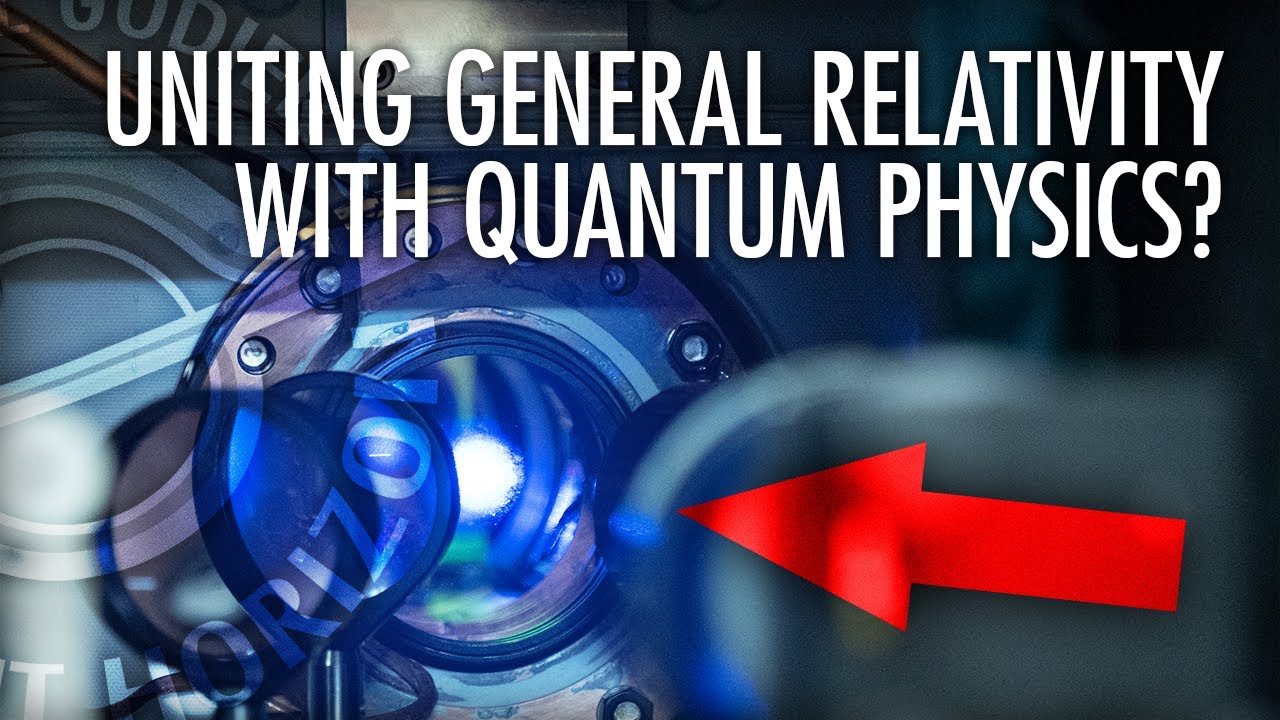In one of the first laboratory-scale tests of general relativity, the Pound-Rebka experiment in 1959 measured the gravitational redshift of gamma rays rising and falling a distance of 22.5 metres in a tower on the campus of Harvard University. Development of ultra-cryogenic atomic clocks has improved frequency measurement precision to better than one part in 10^{20}, allowing measurement of gravitational redshift over distances on the millimetre scale within samples of ultracold strontium.
The research paper is “Resolving the gravitational redshift within a millimeter atomic sample”. Here is the abstract.
Einstein’s theory of general relativity states that clocks at different gravitational potentials tick at different rates - an effect known as the gravitational redshift. As fundamental probes of space and time, atomic clocks have long served to test this prediction at distance scales from 30 centimeters to thousands of kilometers. Ultimately, clocks will study the union of general relativity and quantum mechanics once they become sensitive to the finite wavefunction of quantum objects oscillating in curved spacetime. Towards this regime, we measure a linear frequency gradient consistent with the gravitational redshift within a single millimeter scale sample of ultracold strontium. Our result is enabled by improving the fractional frequency measurement uncertainty by more than a factor of 10, now reaching 7.6\times 10^{-21}. This heralds a new regime of clock operation necessitating intra-sample corrections for gravitational perturbations.
A press release from the University of Colorado, “JILA Atomic Clocks Measure Einstein’s General Relativity at Millimeter Scale” describes the work.
